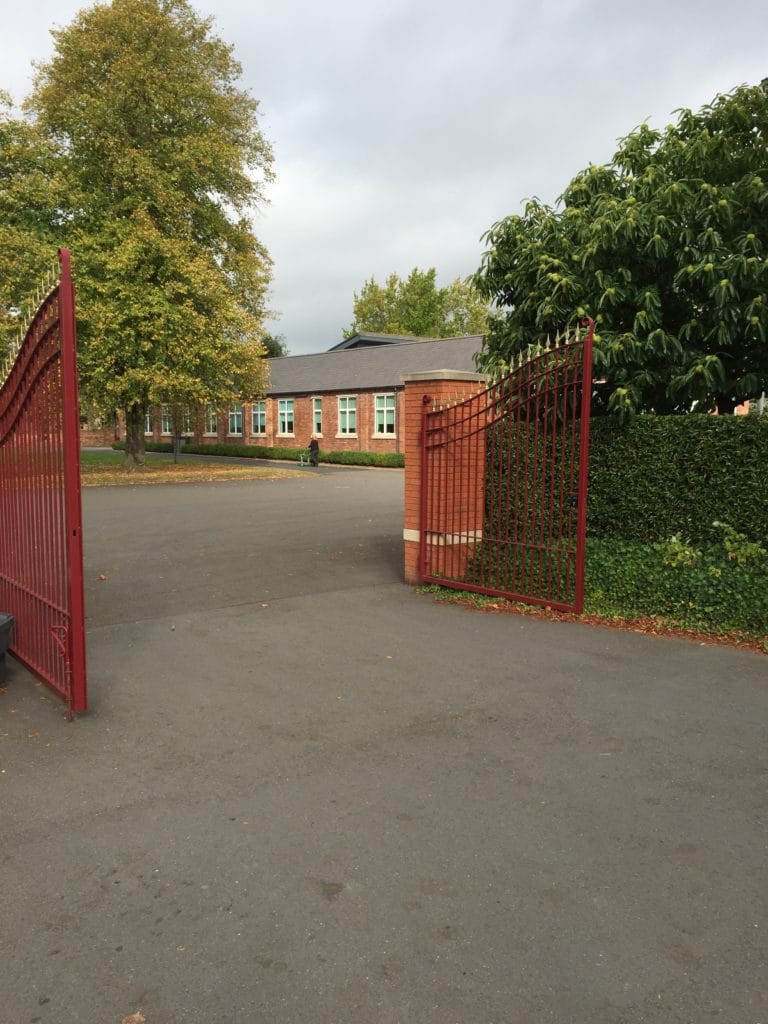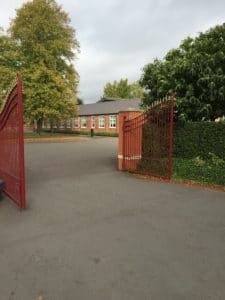Protecting schools or colleges is very important. Schools need to be aware of the threats that staff, pupils and visitors could face.
UK government guidance on school security, which was finalised in 2019, suggests that schools should develop a security policy which compliments their safeguarding policy, “particularly where it puts in place measures to protect students and address the threat of serious violence.”
Schools, the guidance states, should have designated people responsible for security, and also health and safety, who should sit alongside a designated safeguarding lead. Together they should support the health, safety and well-being of staff and pupils.
The guidance also suggests, however, that staff, and where appropriate students, should take personal responsibility for their own security and the security of others they work with.
Dangers for staff within school
In recent years, particularly since the Covid pandemic, teachers have highlighted an increase in poor behaviour by their children which can result in more fights between students as well as verbal and physical assaults on staff. Additionally, other factors such as the rise in vaping by young people have resulted in additional challenges for schools attempting to have a safe learning environment.
A survey commissioned by the BBC, which took place in February and March 2024, found nearly one in five teachers in England had been hit by a pupil already that year. The survey of up to 9,000 teachers in England, which was undertaken using the survey tool Teacher Tapp, also found that two in five respondents had witnessed aggressively violent behaviour that needed an intervention in a single week.
Meanwhile, the teachers’ union, the NASUWT, found in its 2023 teacher survey that 89% felt the number of pupils exhibiting violent and abusive behaviours had increased in the previous 12 months and 93% said the number of pupils verbally abusing staff members had increased. Among the respondents 37% said they had experienced physical abuse or violence from pupils in the previous 12 months. A similar NASUWT survey from 2018 found 14% had been threatened with physical assault by a pupil; and 11% had been physically assaulted by a pupil.
External threats schools should consider
There are a number of external threats that schools should consider in respect of security and the government guidance suggests that planning for these should be done alongside overall incident and emergency planning. This would be in respect of incidents that could impact the wider community such as severe weather or a serious accident that could have injured a student or member of staff such as a traffic collision or another pandemic.
Security threats could be criminal or terrorist activity, such as a bomb threat or an intruder coming onto the site to steal or damage school property or to physically harm students or staff. School staff also need to be aware of the signs that students may have which shows they are at risk from, or are involved with, serious violent crime.
To help manage these risks the government has developed a number of checklists to help protect schools which include:
- emergency planning
- evacuation
- bomb alert or threat
- invacuation
- lockdown
Issues that school management should consider when planning for emergency incidents include the location of the school, its size, the security of the perimeter, the design of the buildings and the layout of the site.
The government’s guidance also suggest that schools should establish and maintain relationships locally and work in partnership with the police, local authority, neighbouring schools and others in the wider community to gather and share security related information.
Under the Terrorism (Protection of Premises) Bill, known as Martyn’s Law, schools, whatever their size, will need to meet the requirements for standard tier venues to improve their preparedness for a terrorist incident. If schools are already following the existing guidance this would be sufficient but once it becomes law all standard tier venues will need to put in place procedures to reduce harm to the public in the event of an attack. These measures include training staff to lock doors, close shutters and identifying a safe route to evacuate.
Practical Steps for protecting schools
As outlined good governance of security and safeguarding is vital for protecting schools as is sensible planning for the wide range of incidents that could pose a risk to pupils, staff and visitors.
A robust security system aligned with this would help support staff. Intruder alarms alongside effective access control systems are the minimum that is required, alongside good physical barriers around the perimeter of the school site. Surveillance cameras are also useful for evidence gathering and recording of incidents. Discreet monitoring devices such as the HALO Smart Sensor can detect unwanted behaviour such as vaping as well as having functionality to send alerts in emergency situations.
Ecl-ips has many years of experience of designing solutions for protecting schools, in both the state and private sectors, of a range of sizes and in a variety of locations. This has led us to create a lockdown system as well as providing CCTV and access control in schools. If you are looking to improve the security and safeguarding measures you have in your school, we provide free site assessments and can talk you through your needs. Please get in touch to find out more.



